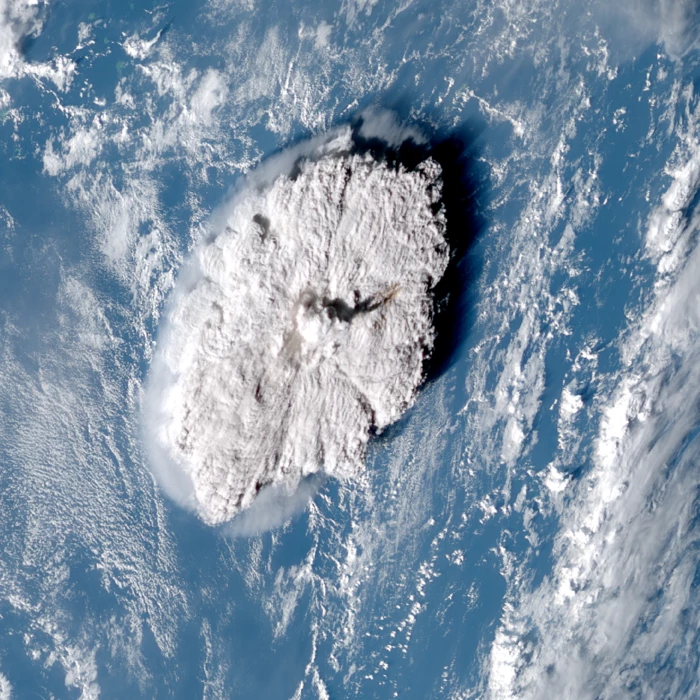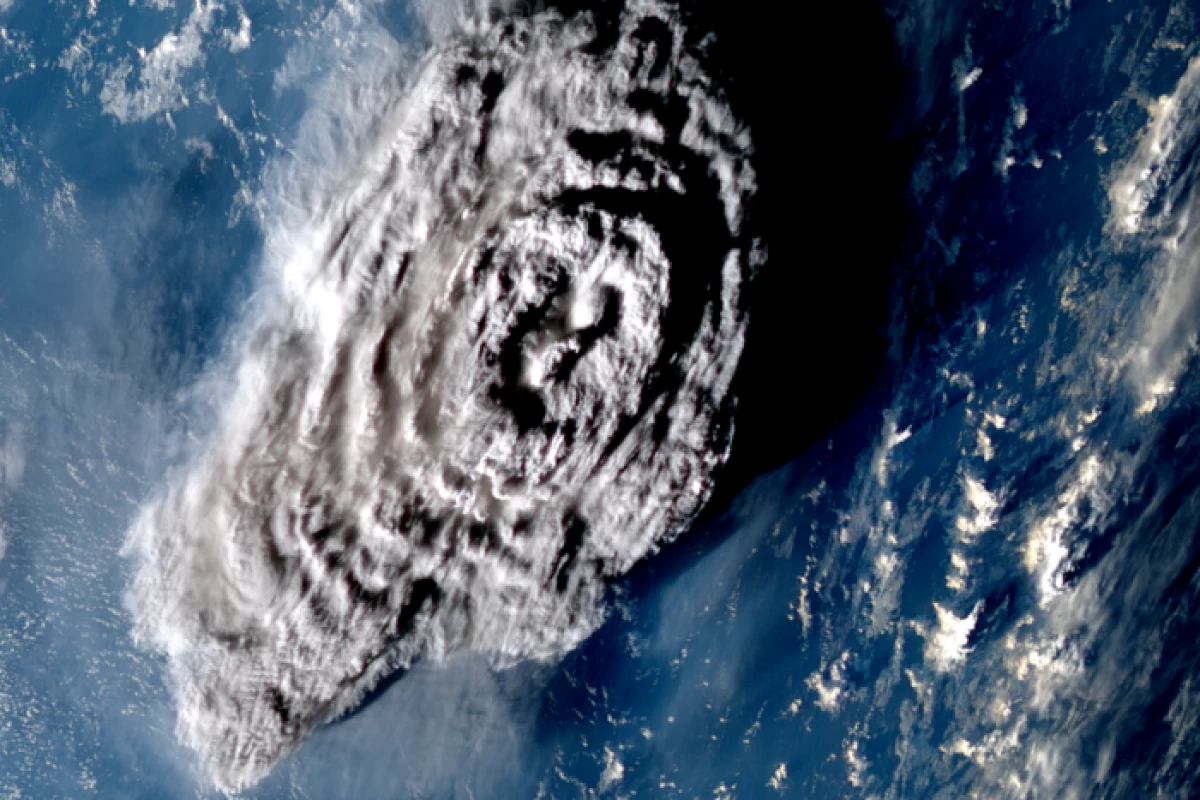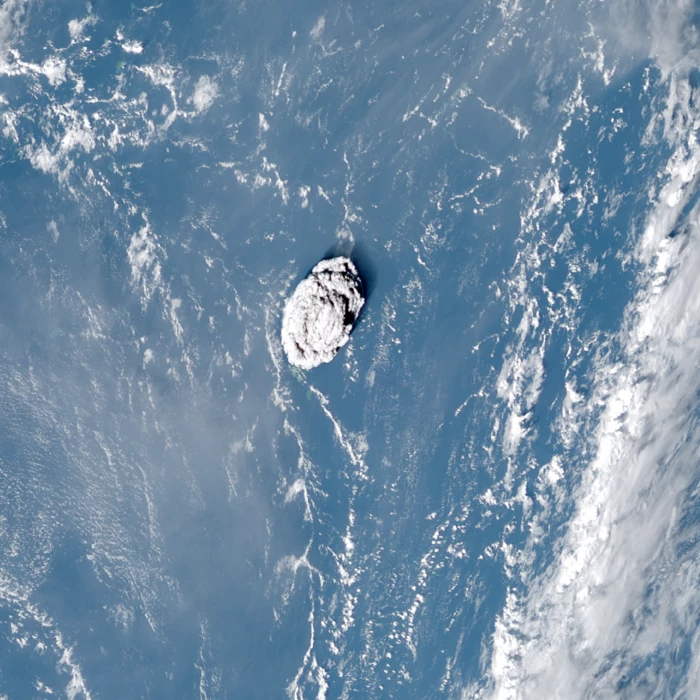New analysis of a volcanic eruption off the coast of Tonga earlier this year has revealed the true extent of the massive explosion, and established its plume as the highest on record. It is also the first one to be seen stretching through lower layers of the atmosphere to enter the mesosphere, which begins at an altitude of some 50 km (31 miles).
The eruption of the Hunga-Tonga Hunga-Ha'apai to the north of Tonga on January 14 is regarded as one of the most powerful ever observed, with the event causing devastating tsunamis throughout the Pacific and shockwaves felt across the world.
Scientists at the University of Oxford have tapped into imagery from geostationary weather satellites to gain a new perspective on the event. These satellites observed the volcano from three angles and captured a sequence of images that documented the erupting plume at 10-minute intervals.
The team then used a novel measurement technique based on what’s known as the parallax effect, where a subject’s position appears to vary when viewed from different angles, (hold your thumb out in front of you and close either eye alternatively to get the idea). Measuring these apparent shifts in the subject’s position, based on the known distance between the satellites, enabled the team to calculate the distance to the plume.

The analysis showed that it reached an altitude of 57 km (35 miles) at its highest point, a great deal taller than the 40-km-high (25-mile) plume ejected from Mount Pinatubo in 1991. This also makes it the first volcanic eruption to carry material through the troposphere and stratosphere, to inject it directly into the mesosphere.
“It’s an extraordinary result as we have never seen a cloud of any type this tall before,” said lead author Dr Simon Proud. “Furthermore, the ability to estimate the height in the way we did (using the parallax method) is only possible now that we have good satellite coverage. It wouldn't have been possible a decade or so ago.”
Based on these results, the scientists now plan to develop an automated tool for calculating the heights of volcanic plumes through the parallax method.
“We’d also like to apply this technique to other eruptions and develop a dataset of plume heights that can be used by volcanologists and atmospheric scientists to model the dispersion of volcanic ash in the atmosphere,” said co-author Dr Andrew Prata. “Further science questions that we would like to understand are: Why did the Tonga plume go so high? What will be the climate impacts of this eruption? And what exactly was the plume composed of?”
The research was published in the journal Science.
Source: University of Oxford via EurekAlert





